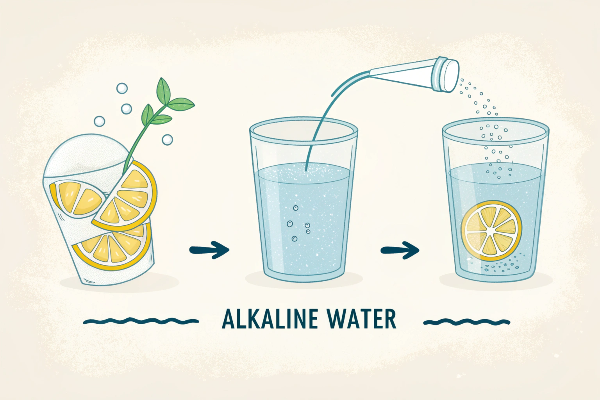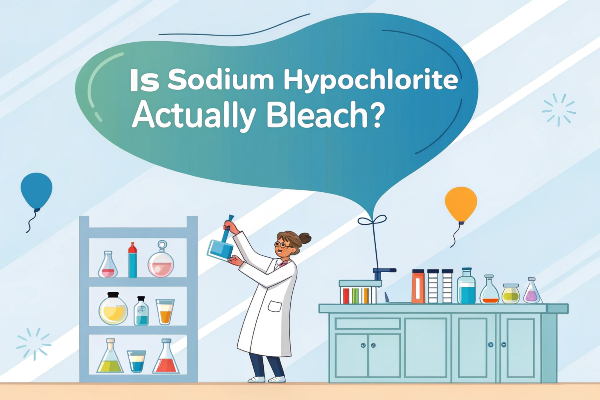When it comes to ensuring the safety and cleanliness of water, chlorine treatment is a method that has stood the test of time. Whether for drinking, swimming, or industrial use, the right amount of chlorine can make all the difference. But how much chlorine is exactly needed to treat water effectively? In this post, we’ll dive deep into the intricacies of chlorine treatment, exploring the factors that influence its usage and the optimal amounts required for different applications.
Water treatment is a nuanced process, requiring a delicate balance to eliminate harmful pathogens while maintaining water quality. As someone deeply involved in the field of electrochemical solutions, particularly in the development and application of titanium anodes for water treatment, I’ve garnered insights into the effective use of chlorine in various settings.
What Determines the Amount of Chlorine Needed?
The amount of chlorine required for water treatment isn’t a one-size-fits-all answer. Several factors play crucial roles, including water temperature, pH levels, the presence of organic and inorganic materials, and the specific pathogens present. Understanding these variables is the first step toward effective water treatment.
For instance, warmer water temperatures and higher pH levels can decrease chlorine’s effectiveness, necessitating higher doses. Similarly, waters with high levels of organic materials may require more chlorine due to the consumption of chlorine in reactions with these materials before it can effectively disinfect.

Chlorine Dosage for Drinking Water
When it comes to drinking water, the goal is to eliminate harmful microorganisms while ensuring the water is safe and pleasant to consume. According to guidelines provided by health organizations, the typical chlorine concentration in drinking water should range between 0.2 to 5 mg/L (milligrams per liter), depending on the quality of the water being treated and the target pathogens.
For most municipal water supplies, a residual chlorine level of at least 0.5 mg/L after at least 30 minutes of contact time at a pH less than 8.0 is considered adequate for disinfection. This balance ensures the elimination of most bacteria and viruses while minimizing the potential for harmful disinfection by-products.

The Role of Chlorine in Pool Water Treatment
Swimming pool water presents its own set of challenges, including higher temperatures and a more diverse range of contaminants introduced by swimmers. In pools, chlorine levels are typically maintained between 1 to 3 mg/L. This concentration is effective in keeping the water clean and safe for swimmers while preventing the growth of algae and other microorganisms.
It’s also important to monitor the combined chlorine levels, which indicate the presence of chloramines, by-products of chlorine reaction with organic matter. These can cause skin irritation and uncomfortable odors. Keeping the total chlorine levels within the recommended range ensures a pleasant swimming experience.

Industrial Water Treatment and Chlorine
In industrial settings, where water is used for cooling, processing, or other applications, the requirements for chlorine treatment can vary widely. For instance, in electrolytic processes like those involving titanium anodes, the purity and chemical composition of the water can significantly impact the efficiency and lifespan of the anodes.
Chlorine dosages in industrial water treatment can range from low levels for general microbial control to higher concentrations for biofouling prevention in cooling towers and other systems. The key is to maintain effective disinfection while protecting the integrity of the equipment and processes involved.

Advanced Chlorination Techniques
With advancements in water treatment technologies, there are now more precise ways to determine and control chlorine dosages. Electrochlorination, for example, involves the production of chlorine on-site from seawater or brine solutions using electrolytic cells equipped with titanium anodes. This method allows for the direct generation of chlorine in the exact quantities needed, enhancing efficiency and safety.
The Importance of Monitoring and Adjustment
Regardless of the application, continuous monitoring and adjustment of chlorine levels are crucial for effective water treatment. This ensures that the chlorine remains at a safe and effective concentration, adapting to changes in water quality, temperature, and usage.

Modern water treatment facilities and pool maintenance systems often employ automated sensors and dosing systems to continuously monitor chlorine levels and adjust them as needed. This not only ensures consistent water quality but also optimizes the use of chlorine, reducing waste and minimizing the risk of over- or under-chlorination.
Conclusion
Determining the exact amount of chlorine needed for water treatment is a nuanced process, guided by water quality, usage, and environmental factors. Striking the right balance ensures safe, clean water across various applications, underlining the importance of precision, innovation, and ongoing monitoring in effective water treatment practices.





